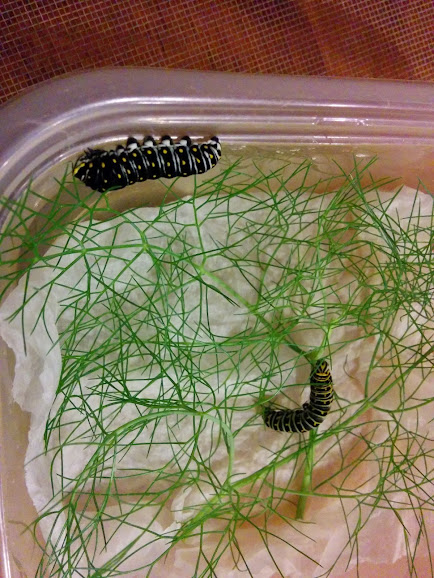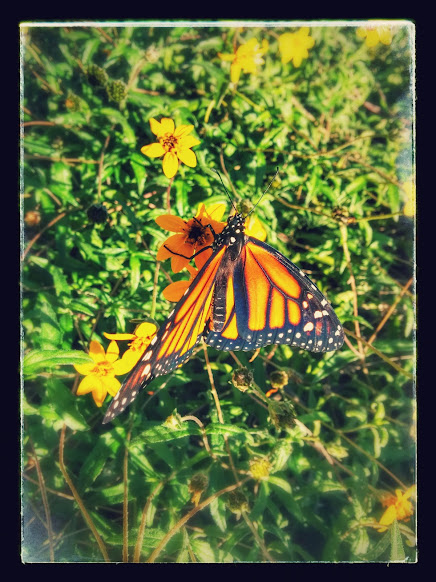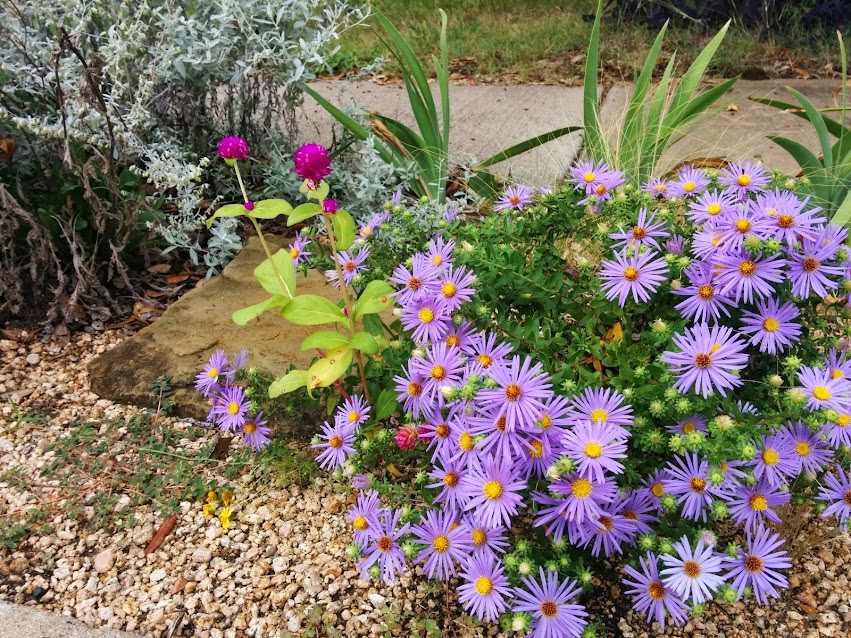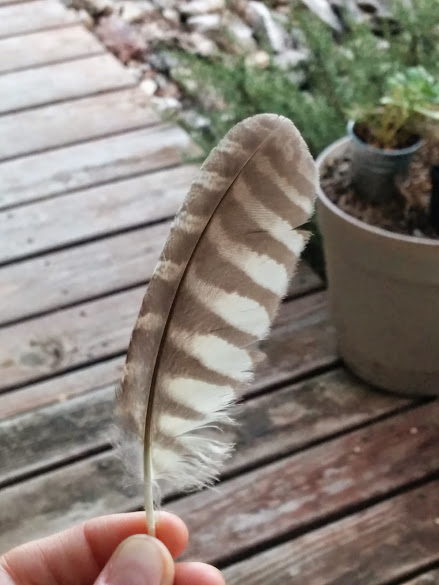 |
| Monarch butterfly just after emergence. The abdomen pulses and fills the wings with fluid. |
I decided to try gulf fritillaries - one of which I accidentally smushed between the screen and edge of the tupperware container one day when I was changing the food for the remaining caterpillars (which included an additional 5 monarch caterpillars and another gulf fritillary). The remaining fritillary went into chrysalis, which was fine and dandy, but the silk holder thingy isn't as copious as the monarch ones and so as I was trying to move it to the "hatching cage," it wouldn't stick to the pin and I had to tie it up with thread. So we'll have to see if it works.
Then I started having problems with the monarch caterpillars; they did okay until it was time to pupate. The first one didn't form a proper chrysalis - it was fully chrysalized, but it was like it was only half formed. The bottom half looked normal, but the top half, while chrysalized, looked just like a caterpillar encased in a green case.
The second caterpillar only half chrysalized. The third decided to attach to the side of the tupperware instead of from the screen on top, so I've left it in place and moved the entire tupperware to the hatching cage (it may or may not make it to hatching - I've read that when they have a flat side in their chrysalis that it means the butterfly will likely be deformed). The fourth, thankfully, formed a normal chrysalis on the screen (which I have since moved to the hatching cage with a straight pin). The fifth, I put in a mini-hatching container made out of one of the large yogurt containers. The hatching container is good for hatching, but the poor thing won't be able to fly in it, so I obviously have to pay attention and let the butterfly out shortly after it hatches.
I noticed that my fennel plant had a bunch of eastern black swallowtail caterpillars on it, so I decided to try them as well - now with those I'll have to add some sticks to the containers so they can attach properly since they end up at a 45 degree angle from whatever they attach to.
Swallowtails are cool because when the caterpillars are in the first 2 instars, they look like this:
By the 4th instar, they look like this (though admittedly the one in the foreground is more black than I'm used to seeing):
And of course, lest I think that I just suck at this, and the cats in the wild do better, here is a photo of a poor fritillary butterfly that didn't make it fully out of its chrysalis.








































